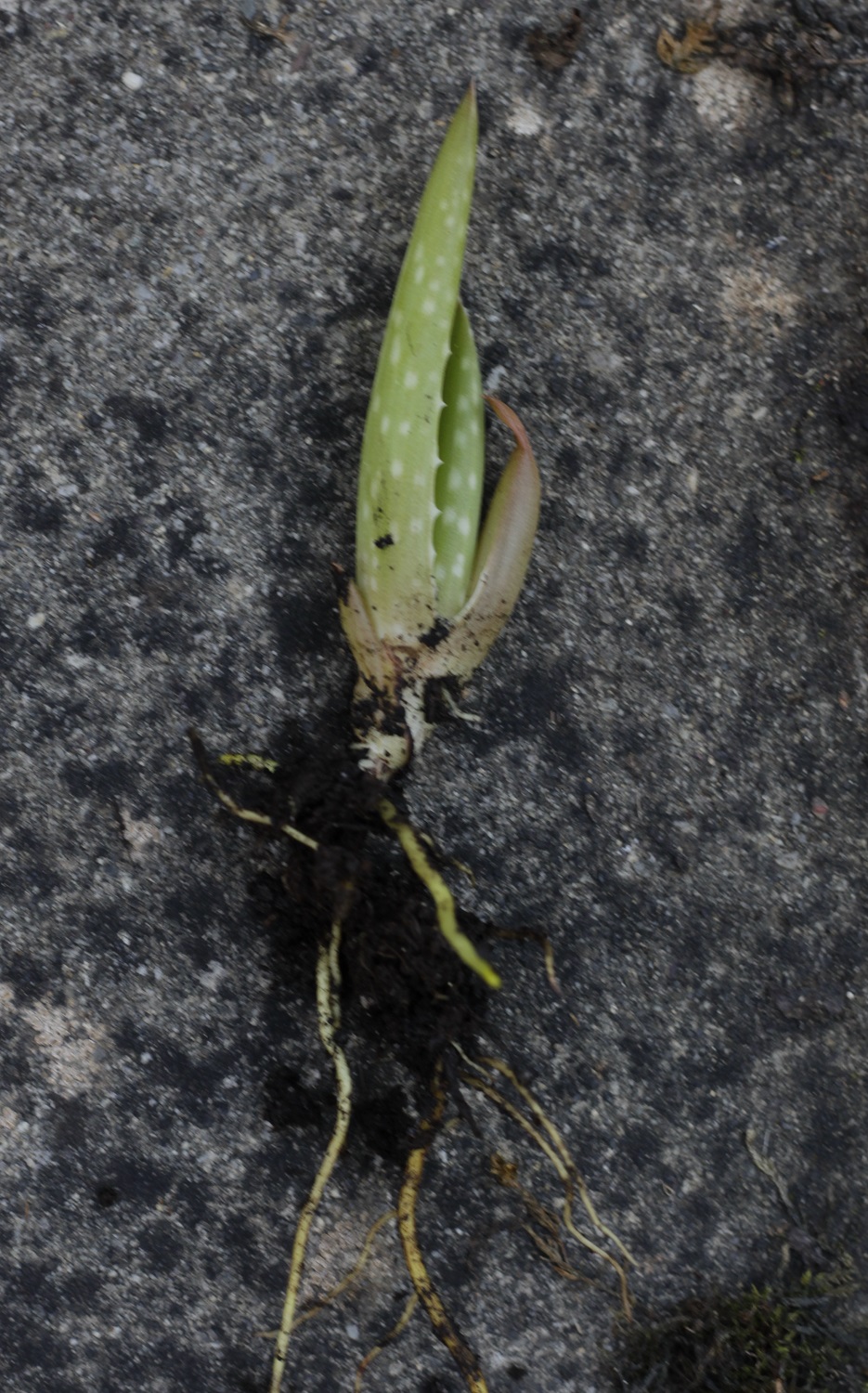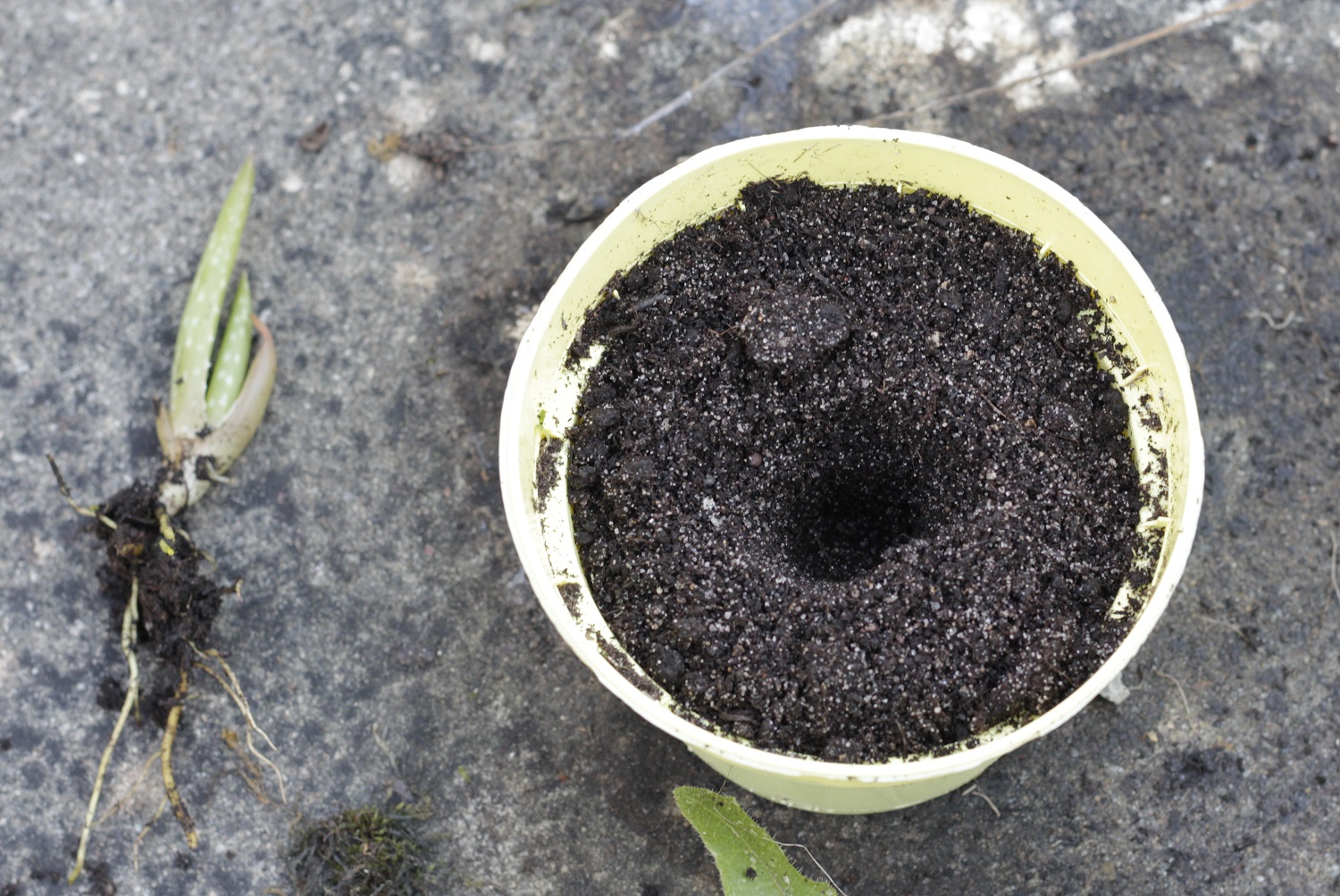The methods for propagating an aloe vera plant at a glance
Essentially, there are 3 different approaches circulating on the Internet to find aAloe Verato multiply. These are propagation by seed , by planting a cut leaf and the Propagation by suckers which are often
are often mistakenly referred to as cuttings.
For the seed method, you will of course need these. Often aAloe Verain mid-latitudes and especially as a houseplant. Consequently, the seeds
seeds have to be bought first, which is not necessary with other methods. For this reason, this method is not ideal in my opinion if you do not have aloe vera seeds.
The procedure for growing aloe vera plants from seed is simple. In spring, the seeds are scattered on seedlings and covered with a thin layer of soil. The seeds are then watered.
Now the seeds must be placed in a warm, bright place. A windowsill facing east or south is suitable for this. Over the following days, make sure that the soil remains moist at all times so that
the seeds germinate and small plants grow from them. When the plants have reached a growth height of approx. 2-3 cm, the seedlings are pricked out. This means that the plants are placed separately in their own pots.
Succulent soil should be used instead of potting compost. You can find out which soil is perfect for aloe vera inthis postin detail.
In some blogs, videos and on social media, it is suggested that a Aloe vera propagated by leaf cuttings can be used. This method does not work! If a cut aloe vera leaf is planted in a pot with soil, it will not form roots. Without roots, the leaf planted in the soil cannot absorb any nutrients and no new plant can grow from the cutting.
no new plant can grow from the cutting. The leaf will dry out at the top and the part that is in the soil will rot.
You can see a detailed test of this method inthis video.
Propagating an aloe vera with cuttings is the simplest and most promising method. If your aloe vera plant is well cared for, is in a sunny location and has enough space in the pot, it will form sprouts.
These are new, small aloe vera plants that grow from the roots of the mother plant. You can carefully separate these sprouts from the large plant and place them in their own pot. You can find out exactly how to do this and what to bear in mind
in the following section.





